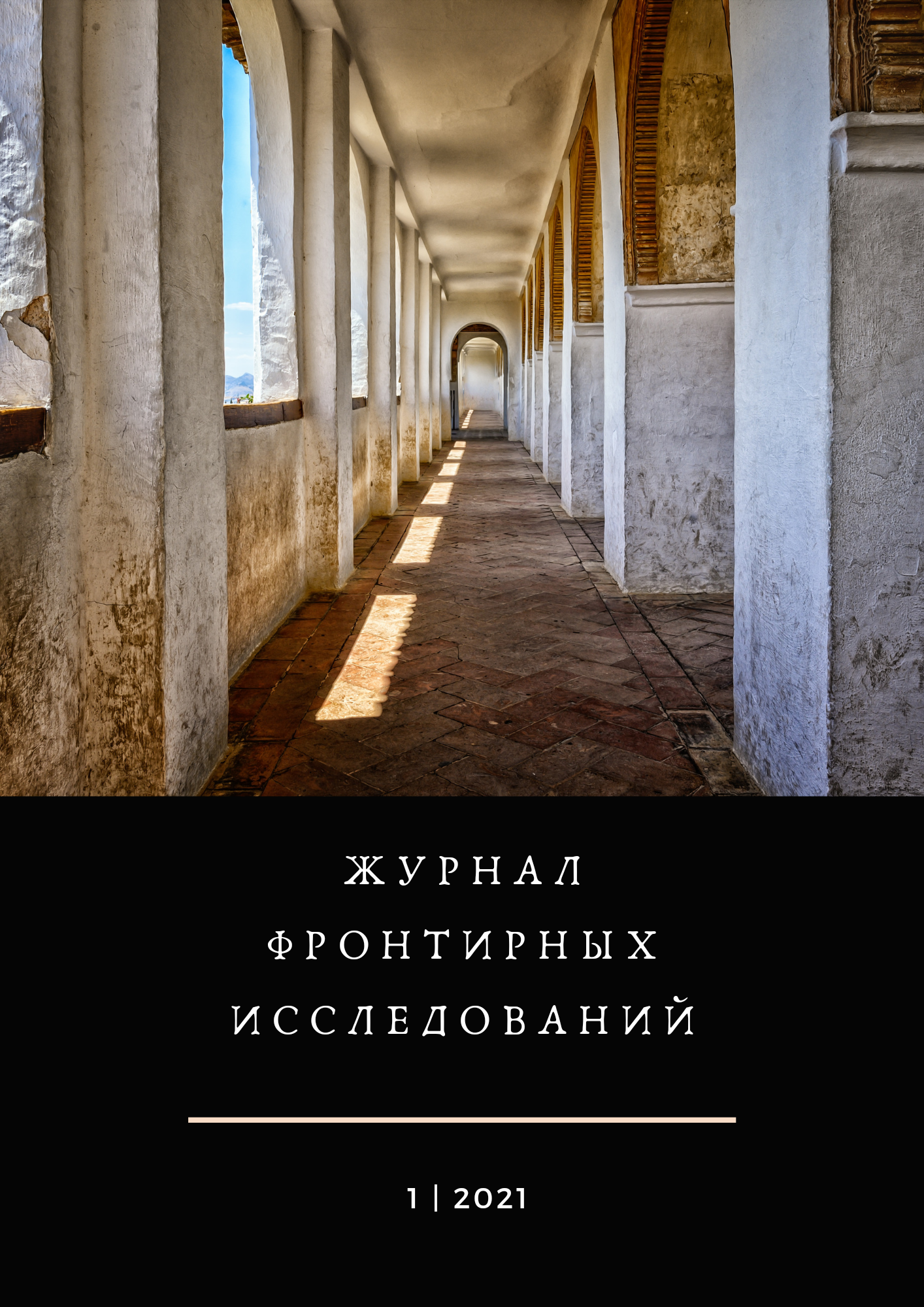Abstract
The formation of the knowledge economy in Estonia has led to the complexity of the structure of society. The western-European middle class formed in the early noughties is divided into several layers: high-paid creative workers, low-paid and low-skilled workers like the French “yellow vests” and the precariat in poverty. Accordingly, the structure of society is changing, causing a new zoning of the urban environment. In the traditional administrative and cultural centers of cities, residential areas are replaced by hotels, and public spaces are focused on meeting the needs of mass tourism. There are new areas with housing and public spaces that meet the needs of the creative layer of society. Established residential areas (urban bedrooms) become living areas for the low-income part of the urban population and the precariat. Soviet suburban areas (“dachas”) that provide a specific “two-house” lifestyle of the Soviet middle class are turning into low-rise housing for the most affluent part of society, which receives financial and rental income. The new cultural zoning of the urban environment contributes to the creation of growth points for creative “fun architecture”, pushing the “realm of architectural boredom” to the periphery of cities.
References
Berezovskikh, A. (2019). Transformation of the management system in urban planning as the most important measure to ensure the breakthrough socio-economic development of Russia. Retrieved from Urtmag.ru website: https://urtmag.ru/public/644/ (In Russian).
Ellard, C. (2016). Places of the Heart: The Psychogeography of Everyday Life. Moscow: Alpina Publisher. (In Russian)
Ettevõtluse statistika kohalike omavalitsuste kaupa [Business statistics by local government]. (2020a). Retrieved from EMTA website: https://www.emta.ee/et/kontaktid-ja-ametist/maksulaekumine-statistika/ettevotluse-statistika-kohalike-omavalitsuste-kaupa (In Estonian)
Fefilov, D. (2020). Oleg Osinovsky: just making money is definitely not exciting. Business Bulletin , (20), 8–9. (In Russian).
Florida, R. (2012). The Great Reset. How the Post-crash Economy Will Change the Way We Live and Work. Moscow: Classic-XXI. (In Russian)
Florida, R. (2016). The Rise of The Creative Class and How It's Transforming Work, Leisure, Community and Everyday Life. Moscow: Mann, Ivanov and Farber. (In Russian)
Florida, R. (2018). The New Urban Crisis. Moscow: The Point. (In Russian)
Khromov, C. (2020). Cities that will be. Expert North-West, (2), 28–30. (In Russian)
Kushnir, I. (2019). The Estonian Economy, 1990-2018. Retrieved from Ivan Kushnir Institute of Economics and law website: https://be5.biz/makroekonomika/profile/ee.html (In Russian).
Landry, C. (2016). The Creative City. Moscow: Classic-XXI. (In Russian).
Lenin, V. I. (1957). On the trade unions, on the current moment and on the mistakes of T. Trotsky. In Complete works (Vol. 32, pp. 1–22). Moscow: Goslitizdat. (In Russian).
Lysko, M. (2018). Russians invest in micro-apartments in Estonia. Business Bulletin, (26), 4–5. (In Russian).
Mediaanväljamakse [Median payout]. (2020b). Retrieved from EMTA website: https://www.emta.ee/et/kontaktid-ja-ametist/avaandmed-maksulaekumine-statistika/mediaanvaljamakse (In Estonian)
Pisarev, N. (2017). The opinion of Muscovites about the program of renovation of khrushchevkas will be taken into account. Nezavisimaya Gazeta, 4. (In Russian).
Revzin, G. I. (2017). 12 Muscovites who do not get wet in the rain. The ideal citizen in the XX century. Citizen: what do we know about a resident of a big city? (pp. 196–211). Moscow: Strelka Press. (In Russian).
RL0202: Tavaeluruumidega hooned, eluruumid ja eluruumide pind hoone liigi, ehitusaja ja asukoha järgi, 31. detsember 2011. [PC0202: Common buildings, dwellings and dwelling area by building type, time of construction and location, December 31, 2011]. (2011). Retrieved from Statistika andmebaas website: https://andmed.stat.ee:443/pxweb/et/stat/stat__rahvaloendus__rel2011__eluruumid/RL0202.px/ (In Estonian)
Rosenthal, V. (2013). New standards of efficiency of houses. Long-range target-house with zero energy costs. Business Bulletin, 15(829), 18–19. (In Russian).
RV021: Rahvastik soo ja vanuserühma järgi, 1. jaanuar. [RV021: Population by sex and age group, 1 January.]. (2020). Retrieved from PX-Web website: https://andmed.stat.ee:443/pxweb/et/stat/stat__rahvastik__rahvastikunaitajad-ja-koosseis__rahvaarv-ja-rahvastiku-koosseis/RV021.px/ (In Estonian)
Timofeev, L. M. (1993). The black market as a political system. Vilnius; Moscow: VIMO. (In Russian).
Top salaries. (2020). Tallinn: Äripäev. (In Russian).
Toshchenko, J. T. (Ed.). (2018). How do you live, intellectuals? Sociological essays: a collective monograph. Moscow: Center for social forecasting and marketing. (In Russian).
Tõugu, K. (2013). Väike-Õismäe Vision Competition. In Tallinn Architecture Biennale 2013 catalogue (pp. 179–242). Tallinn: Estonian Centre of Architecture.
Trubina, E. G. (2011). The city in theory: the experience of understanding space. Moscow: New literary review. (In Russian).
Tyumeneva, T. (2020). The house at the time. Rossiyskaya Gazeta, (283). (In Russian).
Vaingort, V. L. (2018). Architectural aspect of the transformation of the »housing issue” in the post-Soviet space. Capitel, (1), 112–117.
Wesso, S. (2013). A workplace to make a dream come true. Business Bulletin, 15(829), 12. (In Russian).
Yudin, G. B. (2017). Longing for the community. How to unite modern citizens. In Citizen: what do we know about a resident of a big city? (pp. 100–116). Moscow: Strelka Press. (In Russian)

This work is licensed under a Creative Commons Attribution 4.0 International License.

